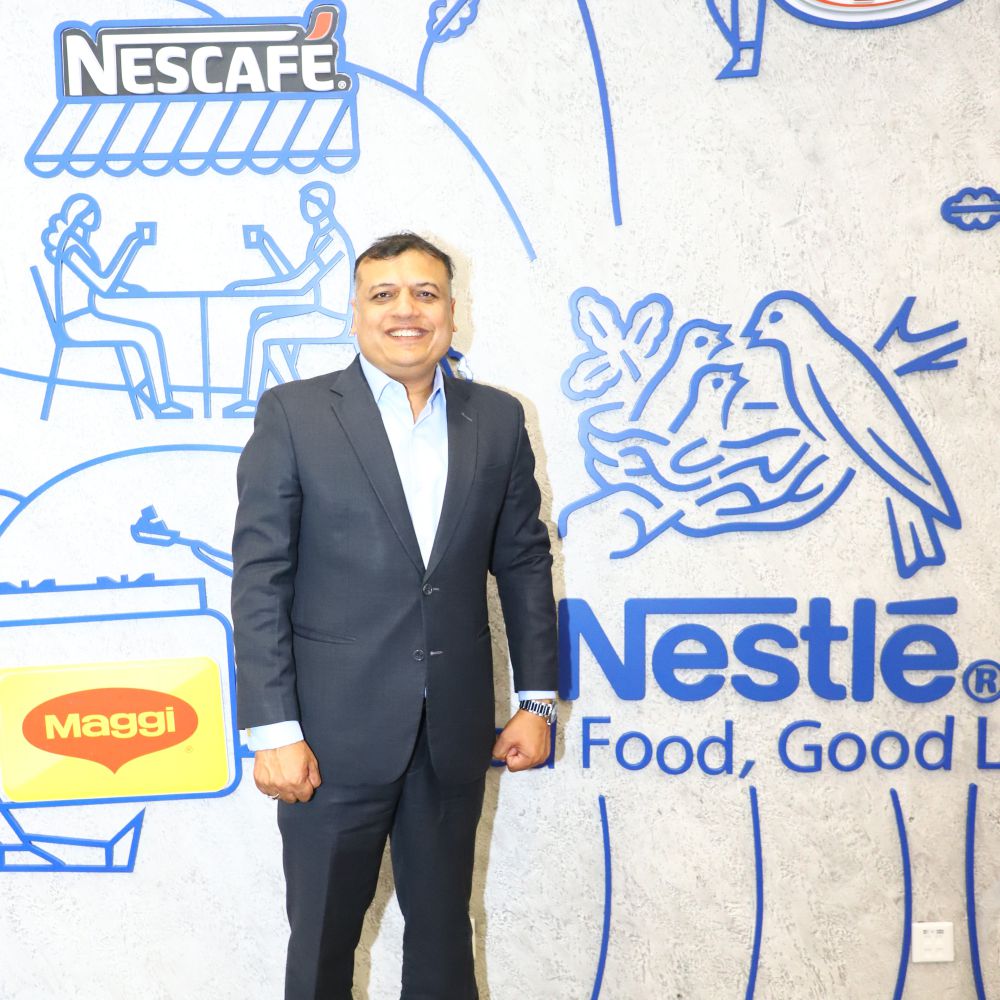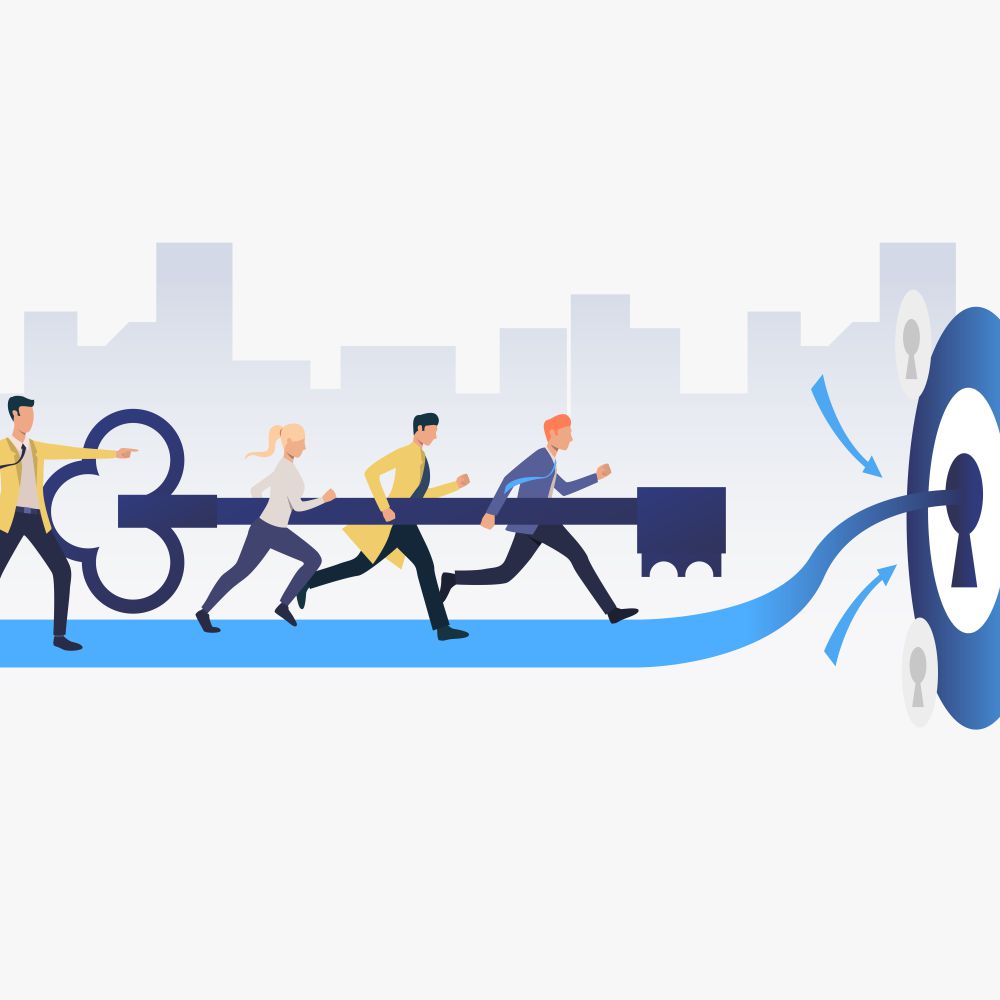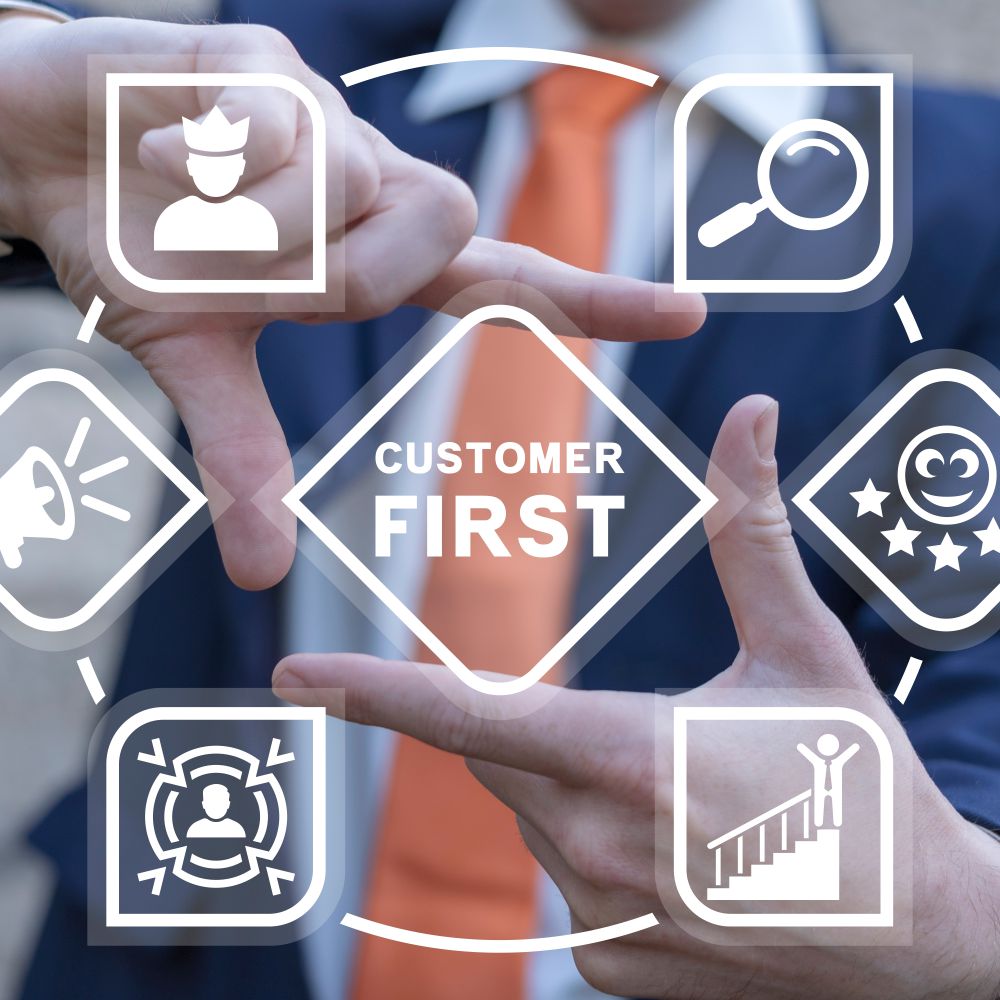As rapid delivery becomes the norm and digital-first consumers push for seamless experiences, technology is no longer just an enabler—it’s the engine of modern commerce. In this candid conversation, Kapil Makhija, MD & CEO, Unicommerce, shares insights on how integration, automation, and AI are driving operational efficiency, unifying channels, and unlocking long-term value in a complex, fast-moving e-commerce landscape. From inventory volatility to the evolution of quick commerce, he maps the strategies and systems reshaping retail for Scale, Speed, and Sustainability.
Could you please elaborate on how Unicommerce is enabling the technological aspects of e-commerce and helping to build efficiencies in the market?
Unicommerce has played a critical role in supporting the e-commerce ecosystem by acting as an integrated system that brings together different processes and platforms. By unifying various pieces of the e-commerce puzzle—whether it's brand selling on their website, marketplaces, or quick commerce—Unicommerce serves as the middleware that ensures all these systems talk to each other seamlessly. This unified approach eliminates the inefficiencies that exist when processes and systems are disconnected, providing brands with a single view of their operations. This visibility is crucial for making effective decisions that drive business success, especially in a rapidly changing market.
In a landscape where quick commerce has become a major player and the shift to omni-channel has become essential, Unicommerce’s backend technology ensures that all systems are well-integrated and capable of responding to these shifts. Unicommerce spans each layer of e-commerce facilitating centralized backend operations including order management, warehouse management, inventory management through its flagship platform Uniware, offering integrated logistics capabilities with Shipway and integrating its AI-based marketing automation tool Convertway.
How do you see AI driving efficiency in quick commerce, especially across order management, delivery, and tech? What key opportunities or challenges stand out to you?
AI is definitely a buzzword, but in the context of logistics and supply chain, its impact is profound. Beyond the basic applications, where AI speeds up code development — what used to take months is now done in days — AI is helping us automate tasks like purchase order processing. For example, when a brand interacts with general trade, modern trade, or quick commerce, AI can now automatically adapt to new purchase order formats within seconds, something that used to require manual intervention. This saves significant time and minimizes human error.
Additionally, AI helps in predicting customer behavior, such as identifying return-prone customers, allowing businesses to better manage returns and improve customer satisfaction. These types of efficiencies are improving logistics at a rapid pace, and there’s still so much potential to explore in the AI space. While new-age companies are leveraging AI-led innovations, the main challenge lies in accommodating legacy and traditional businesses to adapt to the new technological verse.
Quick commerce is scaling fast, but profitability remains a challenge. Can it deliver long-term value, or is the model fundamentally unsustainable? What will it take to build a more viable ecosystem?
You're absolutely right — the economic sustainability of a fast-growing but cash burning channel like quick commerce is a valid concern. But history tells us that every new format, from e-commerce to D2C, goes through a gestation phase where customer behavior is shaped, and habits are formed. The initial years are about demand generation — and yes, that often comes at a cost.
What we are seeing now is a shift in mindset. Earlier, it was about GMV growth at any cost; today, there's a much more conscious move toward positive unit economics. Many digital-native brands are now starting with profitability in mind — which, interestingly, is something traditional brands have long emphasized. This brings a sense of maturity to the ecosystem.
The encouraging sign is that we now have listed players in the quick commerce space proving profitability at scale. That’s a signal that the model isn’t inherently broken — it just needed time, discipline, nd optimization to work. And while not all geographies will turn profitable immediately, many high-demand zones are already showing viable economics.
What will really accelerate this maturity is cross-utilization of infrastructure — shared dark stores, tech stacks, and last-mile delivery partners — all contributing to cost rationalization. These shifts signal that the ecosystem isn’t just chasing top-line growth anymore but is evolving toward structural sustainability and long-term value creation.
How can companies balance speed versus cost-efficiency in Q-commerce logistics?
The speed and agility required to make quick deliveries while ensuring cost efficiency depends on the robustness of technology. This directly influences decision making, helping brands optimize the use of resources involved in the process of quick commerce management. Capabilities like efficient and high precision demand planning to maximize inventory rotation and near-accurate balancing of supply and demand cycles are the most crucial aspects. Technological innovations have revolutionized the logistics industry. Quick commerce logistics operate at a pace which requires efficient use of delivery vehicles and optimized route planning to control costs while retaining speed.
As a leader driving tech innovation in a fast-evolving e-commerce ecosystem, how do you balance long-term vision with the agility needed for short-term execution?
At Unicommerce, we are building a comprehensive post-purchase stack for connected retail. That is our North Star. But in a dynamic market like e-commerce, execution must remain agile. We operate in quarterly sprints, solving real merchant problems in real time such as faster courier allocation, smarter reconciliation, and AI-assisted tracking, all while staying true to our long-term roadmap. The modularity of our tech stack allows us to launch focused upgrades without disrupting the overall architecture. Whether it is the launch of UniReco or integrating Shipway, each initiative is designed to deliver immediate impact while aligningwith our broader strategic direction.
How is Unicommerce helping brands tackle the complexities of reverse logistics and returns, especially in high-volume or COD driven categories?
Returns, especially in CoD-heavy categories, are one of the biggest challenges to profitability. Our integrated suite delivers a seamless, end-to-end returns experience across the supply chain. It supports customer initiated return workflows, while Uniware’s Unified Returns Workflow enables smooth inwarding of all returns — including orphan packages — with detailed quality grading and restocking.
Shipway manages intelligent reverse pickups with end-to-end tracking, and UniReco ensures transparency and closure by offering complete visibility into missing or delayed return refunds. Together, these tools aim to reduce turnaround times, minimize manual intervention, and bring operational clarity to one of the most complex parts of e-commerce logistics.
What strategies are proving most effective in managing inventory volatility in hyperlocal fulfillment models?
Inventory volatility is one of the biggest challenges with hyperlocal fulfillment models. The uncertainty of demand, seasonality and under-optimized inventory distribution systems lead to inefficient operations management, resulting in revenue leakages. Agile technology support ensures effective management of inventories across multiple locations. Unicommerce’s integration with leading quick commerce platforms enables retail brands to move bulk inventory to mother stores of these platforms. Using predictive analysis, market trends and historical sales data, the technology offers real-time visibility of stock and demand forecasting to minimize both inventory stockouts and overstocking.
How do you see the convergence of Q-commerce and traditional e-commerce models playing out in the next 3–5 years?
Technology has been pivotal in seamlessly integrating different sales channels for brands and retail companies, whether it is an offline shop, e-commerce website, online marketplaces or quick commerce platforms. We see technology becoming the central pillar accommodating an effortless convergence of quick commerce with traditional e-commerce in the coming years. With enhanced e-commerce capabilities like same-day and next-day deliveries, brands are consistently connected with customers across channels, analyzing and accurately fulfilling their evolving needs. This shows the commonalities technology has built between these channels.
Look at e-commerce as a bedrock for all digital operations. It offers a wider range of products with slightly longer delivery timelines while covering each aspect of the supply chain, whereas quick commerce, which is an extension of e-commerce, focuses on ultra-fast deliveries fueling the instant gratification culture that defines modern consumer behavior. There is no better outcome than to have the processes weaved together to create a seamless experience for both brands and customers.
What’s your Leadership Style?
My leadership style is deeply rooted in adaptability, empathy, and continuous learning. In an environment defined by rapid technological shifts and unpredictable change, I believe in moving beyond rigid, top-down leadership models. Instead, I focus on fostering a mindset-driven approach that embraces agility, encourages experimentation, and places people at the core of every decision.
I prioritize creating a culture where teams feel empowered to take risks, share ideas, and grow. Rather than delegating tasks mechanically, I align responsibilities with individual strengths and aspirations to drive both performance and personal fulfillment. My leadership is collaborative and purpose-led, always evolving to meet the demands of the moment while preparing for the future.

Categories

Magazine Editions






















